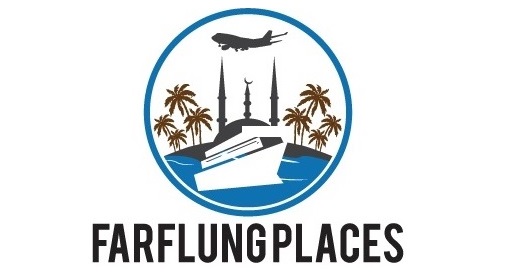Narrabeen is a beachside suburb of Sydney, perched midway between
cosmopolitan Manly and the uber-rich hangout of Palm Beach. Known more for its
famous surf breaks, immortalised in the lyrics to the Beach Boys sixties summer
hit 'Surfin
USA', it has a sleepy feel, which suits me just fine, as this is my
favourite part of Sydney, and is where I have chosen to live.
But there is more to Narrabeen than meets the
eye. I was having a beer in my favourite pub, the tap at the Modus Operandi brewery talking
to a friend who had lived in the area all his life. I mentioned I was planning
a trip to Germany and wanted to spend time looking at some of the old World War
II sites in Berlin.
Sipping his pint he nodded and then astonished me by saying
"Did you know there was a Gestapo HQ out in the bush behind Narrabeen
before the war?". I thought he was joking, it seemed so unlikely. Yet a
little bit of research produced this small article from the Canberra
Times of August 29th, 1945.
"GERMAN SPY HEADQUARTERS AT NARRABEEN SYDNEY.
Australia housed a German Gestapo headquarters in a lonely cottage near
Deep Creek, Narrabeen before the war.It was used for
flogging German sailors from merchant ships who were anti-Nazi in
activities.
Commonwealth officials became interested and kept a close watch on the
cottage which was also a spy Centre, but were unable to take any action
until Germany declared war. Then action taken was to intern every
member of the organisation.
The men who were flogged dared not
complain to the Australian authorities because of the fear for the safety
of their families in Germany. Information
about Australia's defences and potential war production obtained by German sailors
throughout out the Pacific had been tabulated for transmission to
Germany."
 |
| The track into the bush |
Every German merchant ship had a Gestapo representative on board whose job was to monitor foreign shipping, as well as keep note of any anti-Nazi activities. The Officers and sailors were invited to Narrabeen for debriefing and entertainment, drinking German beer and singing Nazi songs.
If any of the crew members had been reported for anti-Nazi activities they were taken outside and flogged. The sailors were so afraid of the Gestapo, and for their families back home, they would not complain to the Australian authorities. However, the screams were heard by locals, which led to increased surveillance of the building by Keefe and others from Australian intelligence.
 |
| Swastika, Stassfurt and the 8.5.38 date on a rock |
Now I wanted to find it, and see what was left.
The bush around the lagoon has many unmarked tracks. Starting up on the escarpment I made way through native ferns to Deep Creek Reserve. Apart from the occasional mountain biker testing their resolve and bike as they crashed down the rough track I was alone.
Following rough directions, I saw some large rocks in the bush that were supposed to be the location of the building. Wandering through the long grass nothing indicated that there had ever been human habitation here. That was until I saw the Nazi eagle engraved high on the face of one rock, faded and partially covered in moss, but easy to make out.
 |
| The German Eagle can be seen towards the top of the rock |
nearby rock was a Swastika with the city of ‘STASSFURT’ inscribed beneath, with the date 8th May 1938. Other faded and moss covered Swastika’s and names and dates, all in 1938, were visible on the surrounding rock faces.
A small path lead up between the rocks to a flat area, where a lonely fireplace remained the only sign that there had been a Gestapo building here. If it had not been for the sailors, who probably after a beer or two had decided to leave their graffiti on the surrounding rocks, the rather unusual history of this area would be invisible.
As it is, the site is a rather unusual reminder of the growth of Nazi Germany in the 1930's. The reach of Hitler and the Gestapo even touched the sleepy beach suburbs of Northern Sydney. With the war about to begin it was sadly about to affect many more locals who went to fight in Europe, Asia and Papua New Guinea, with many never to return.
 |
| The fireplace of the Gestapo HQ |




1 comments
Also look at harvesting of grasstree for explosives used against us in the war
ReplyDelete